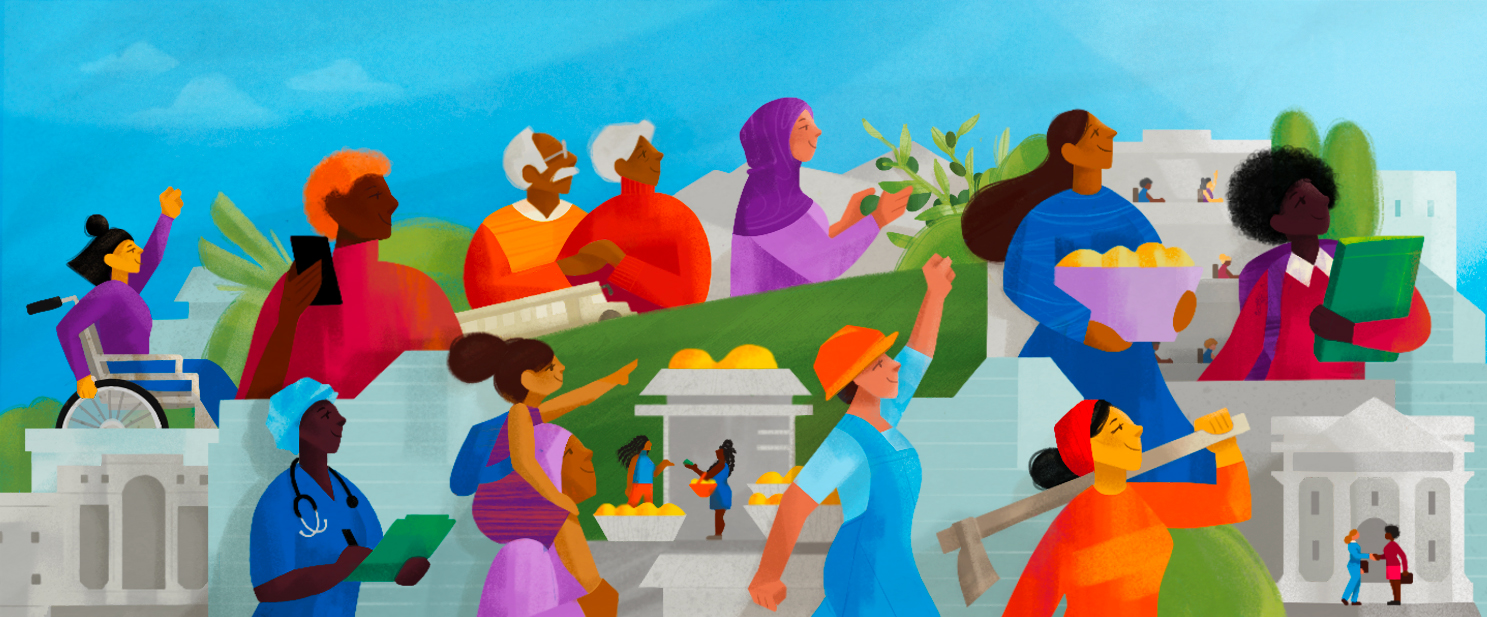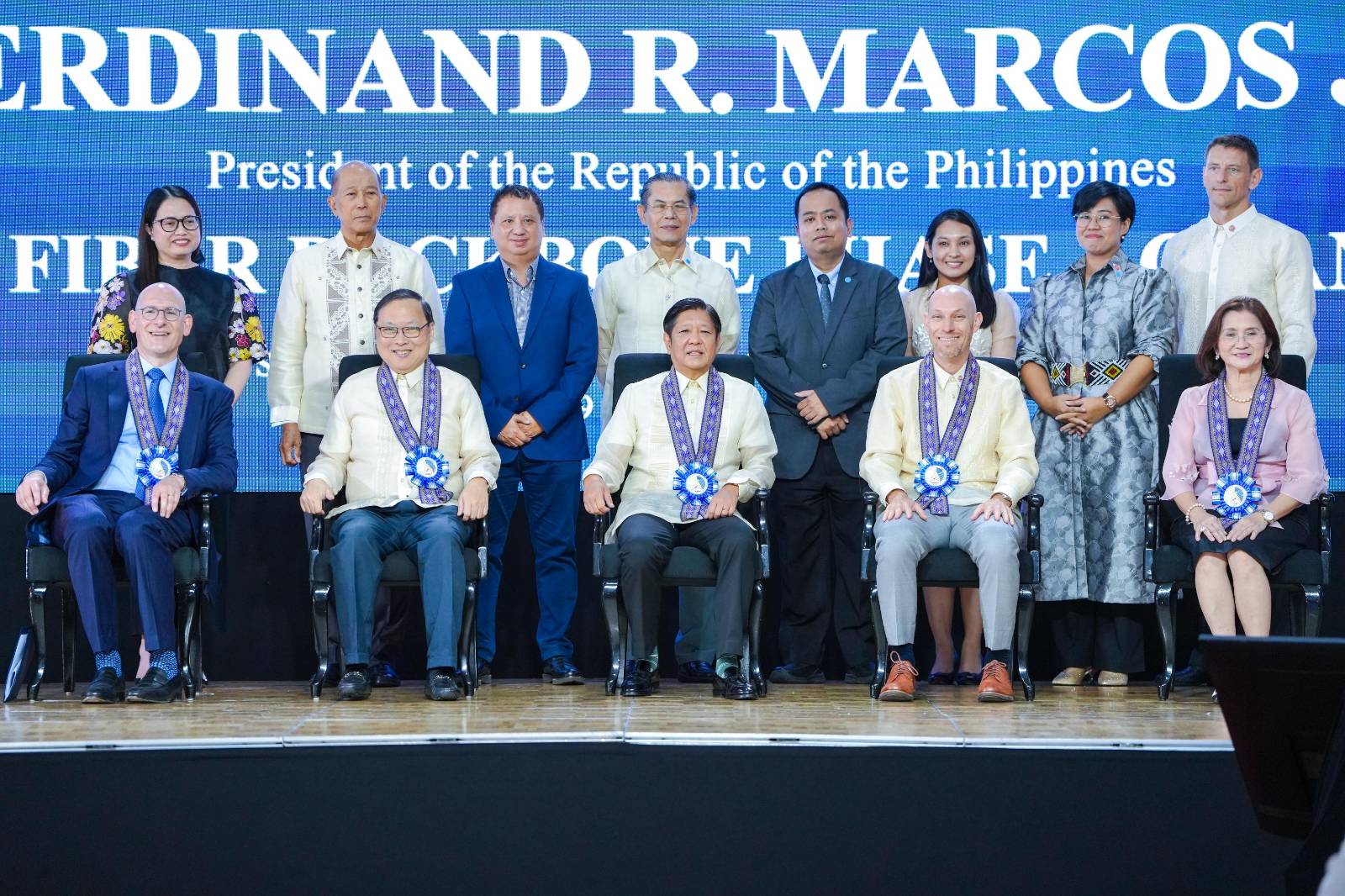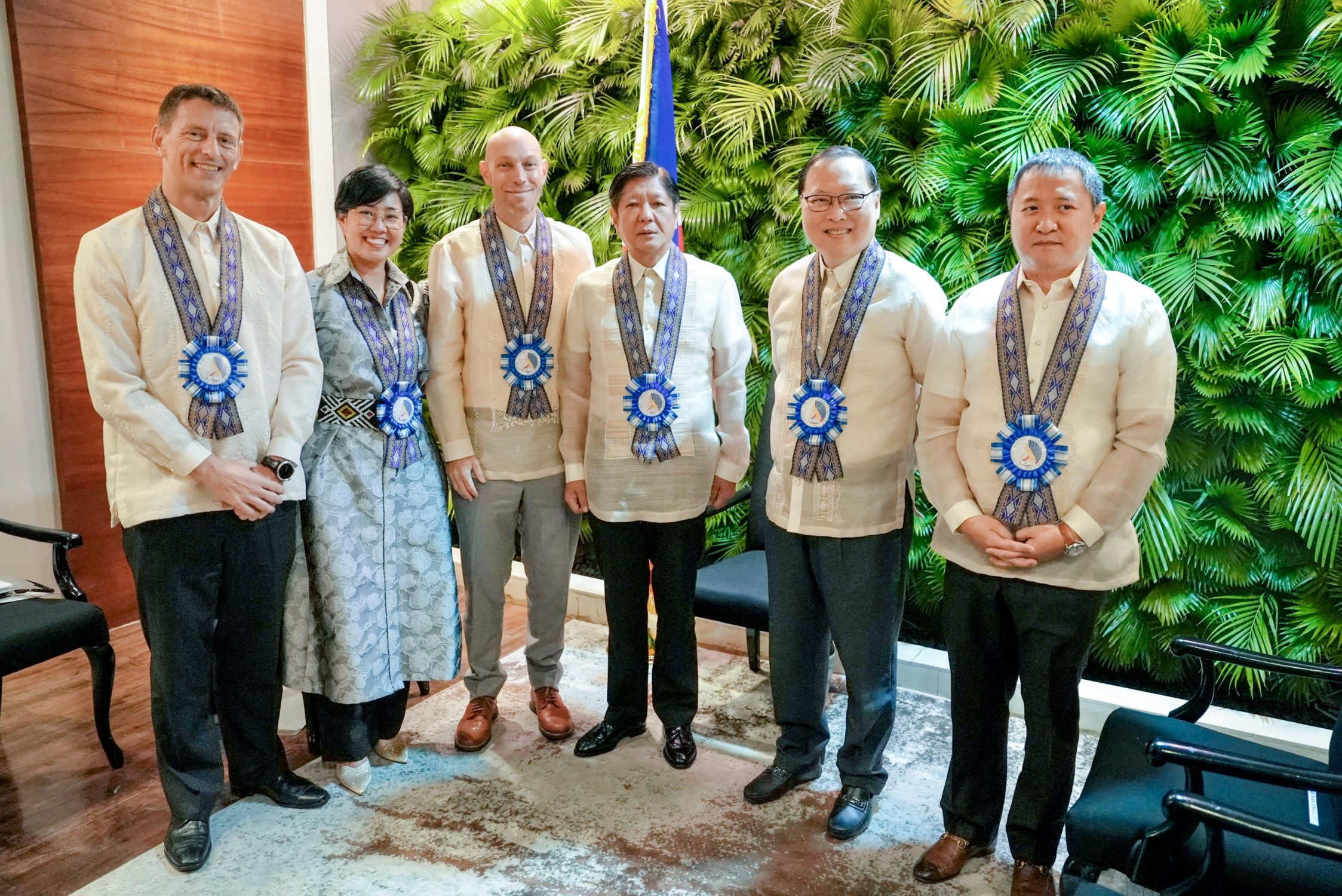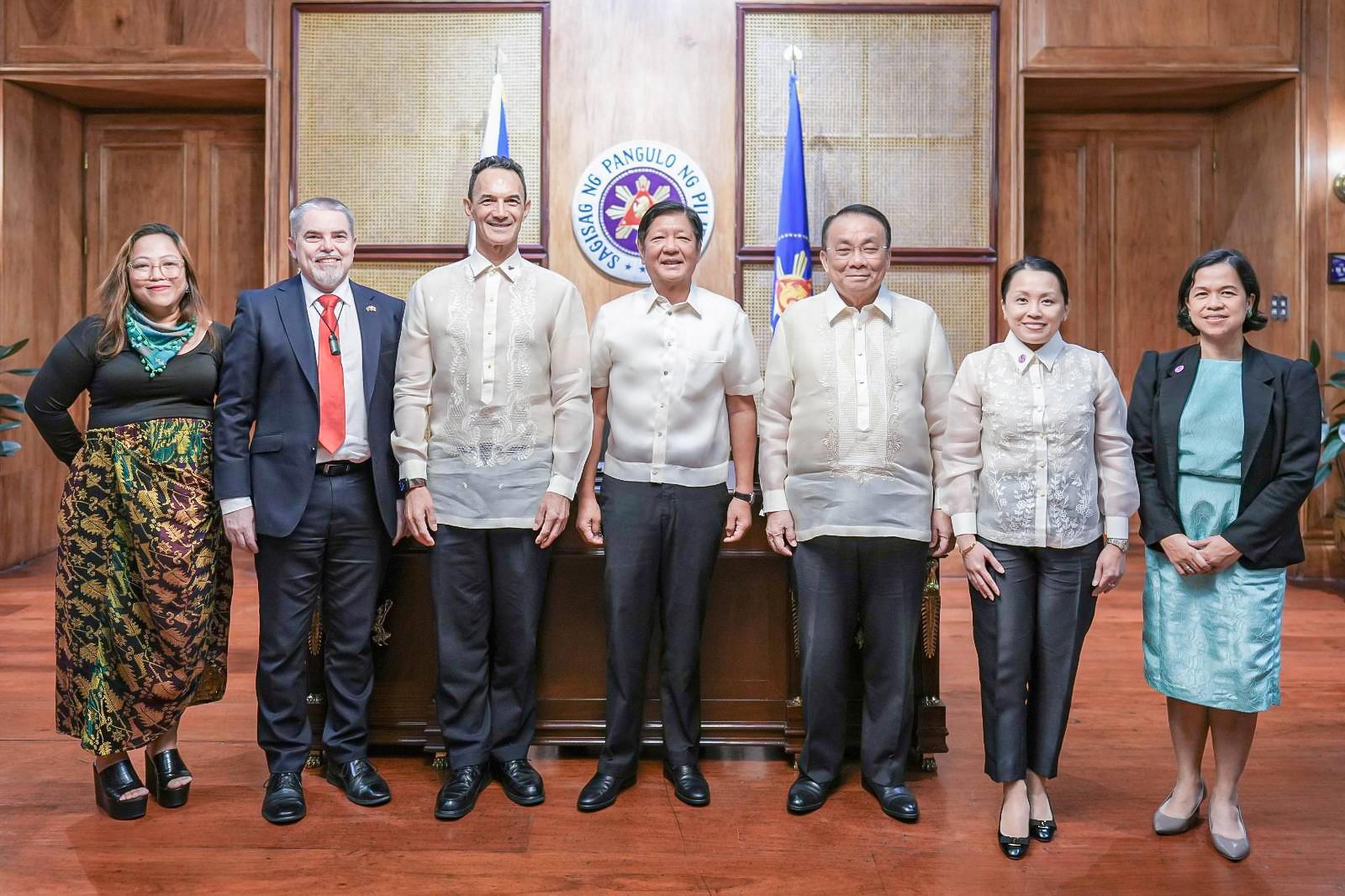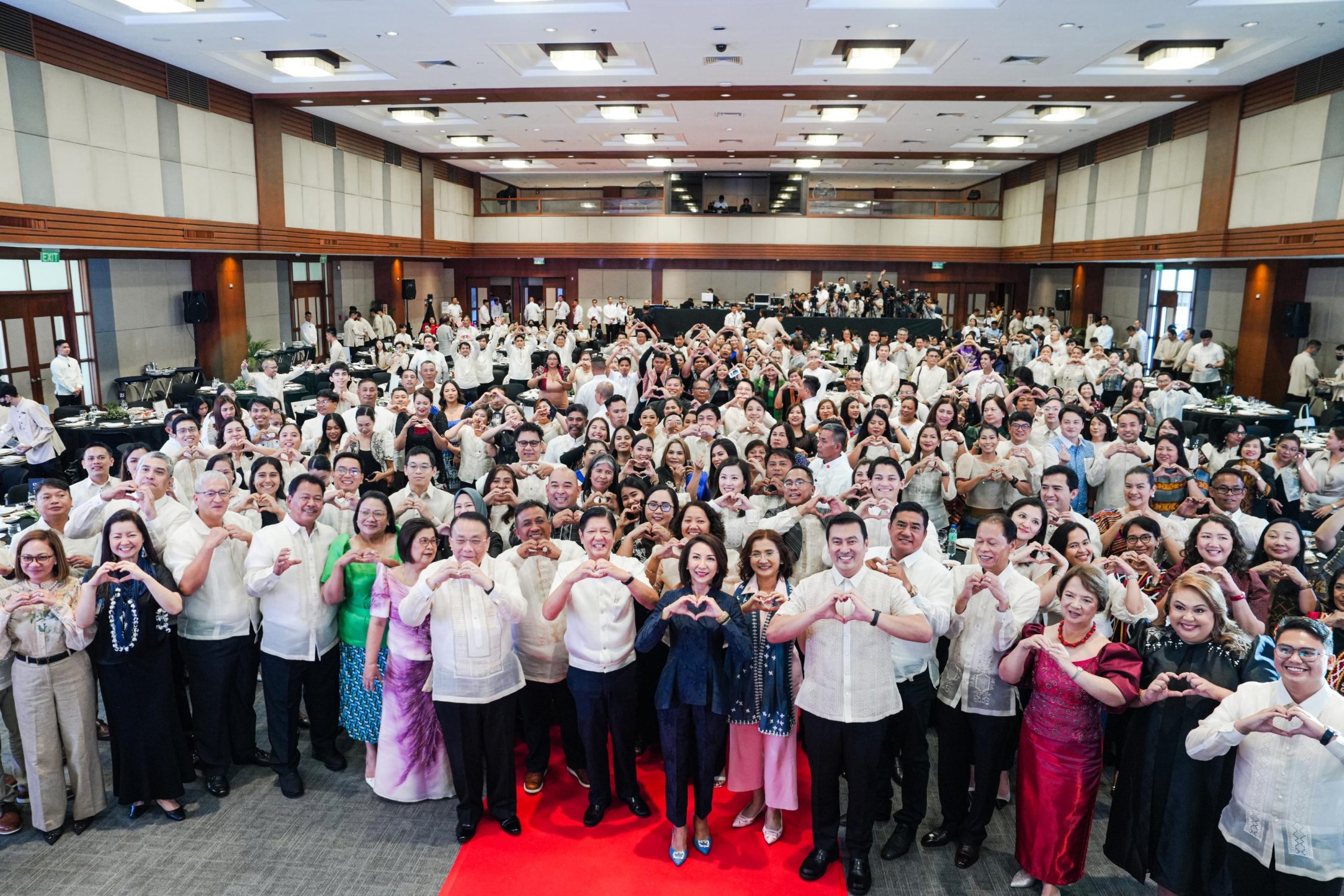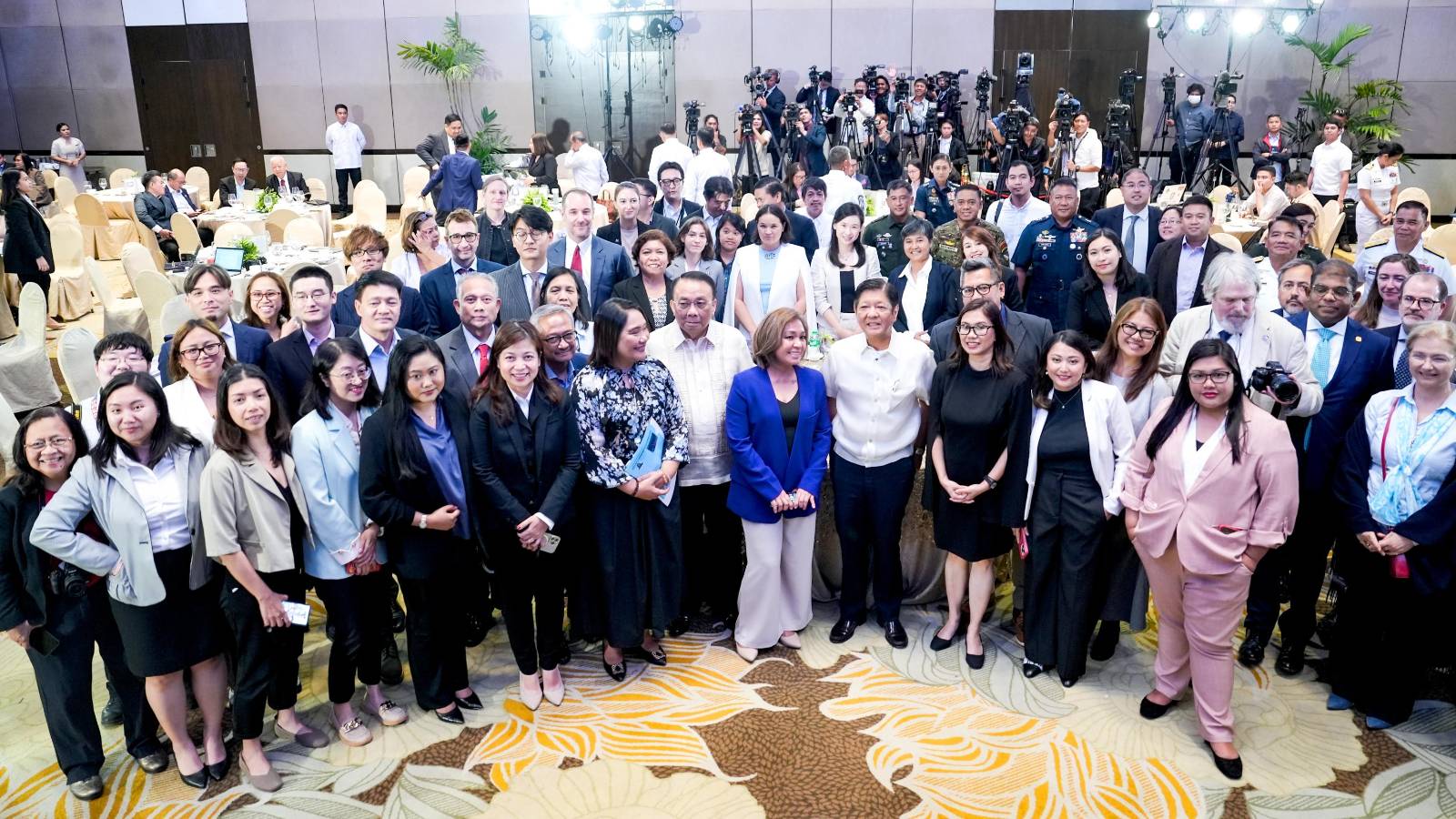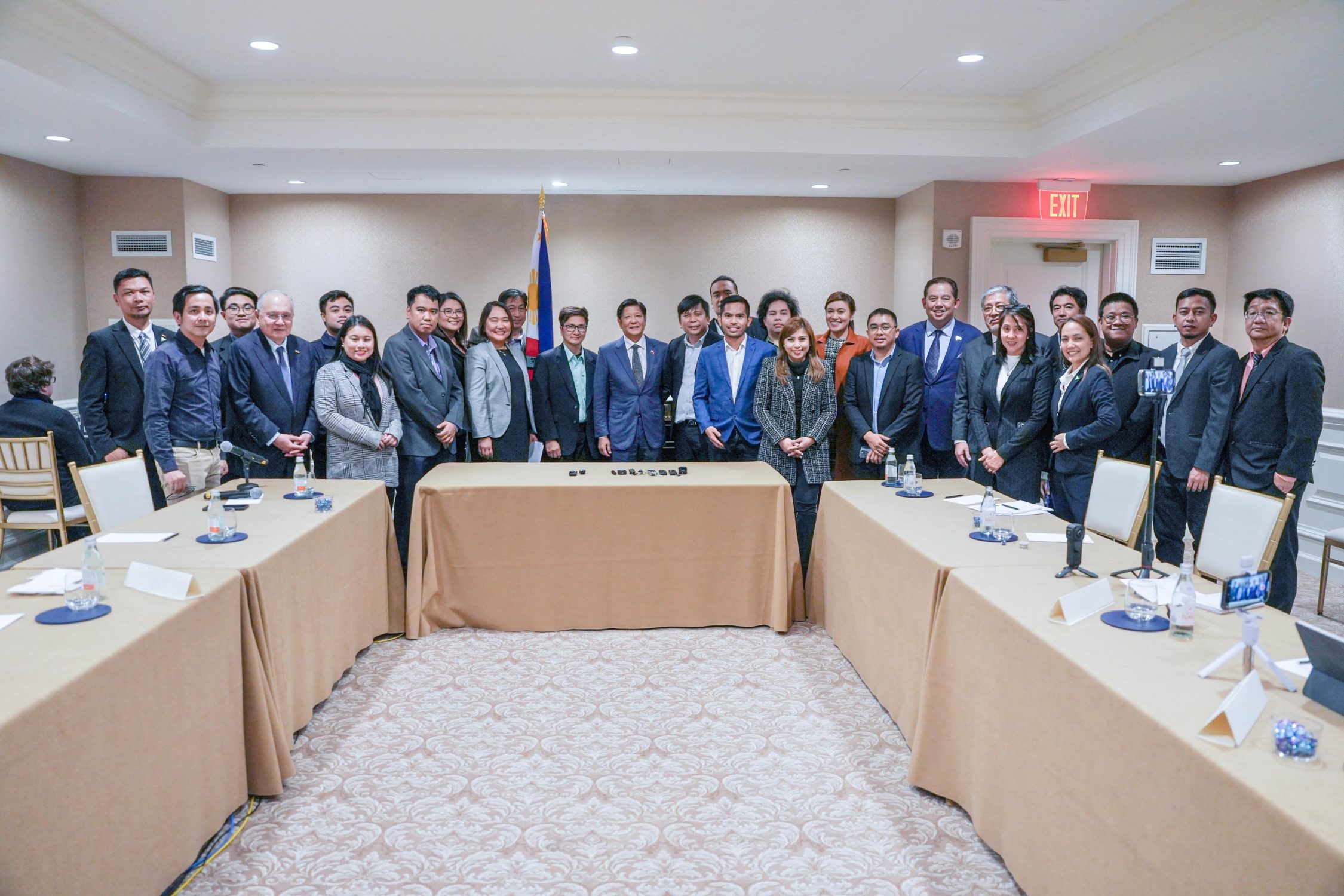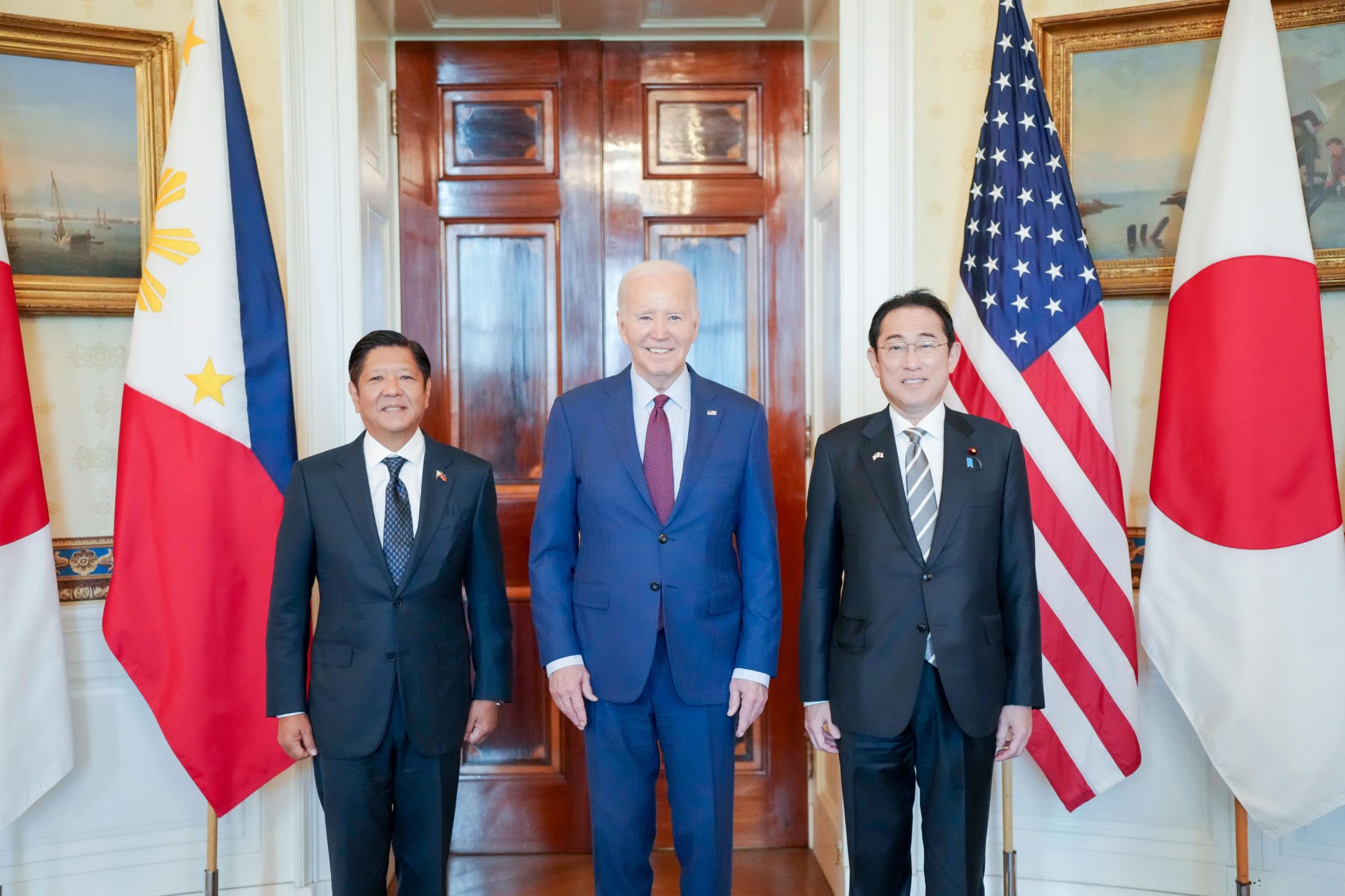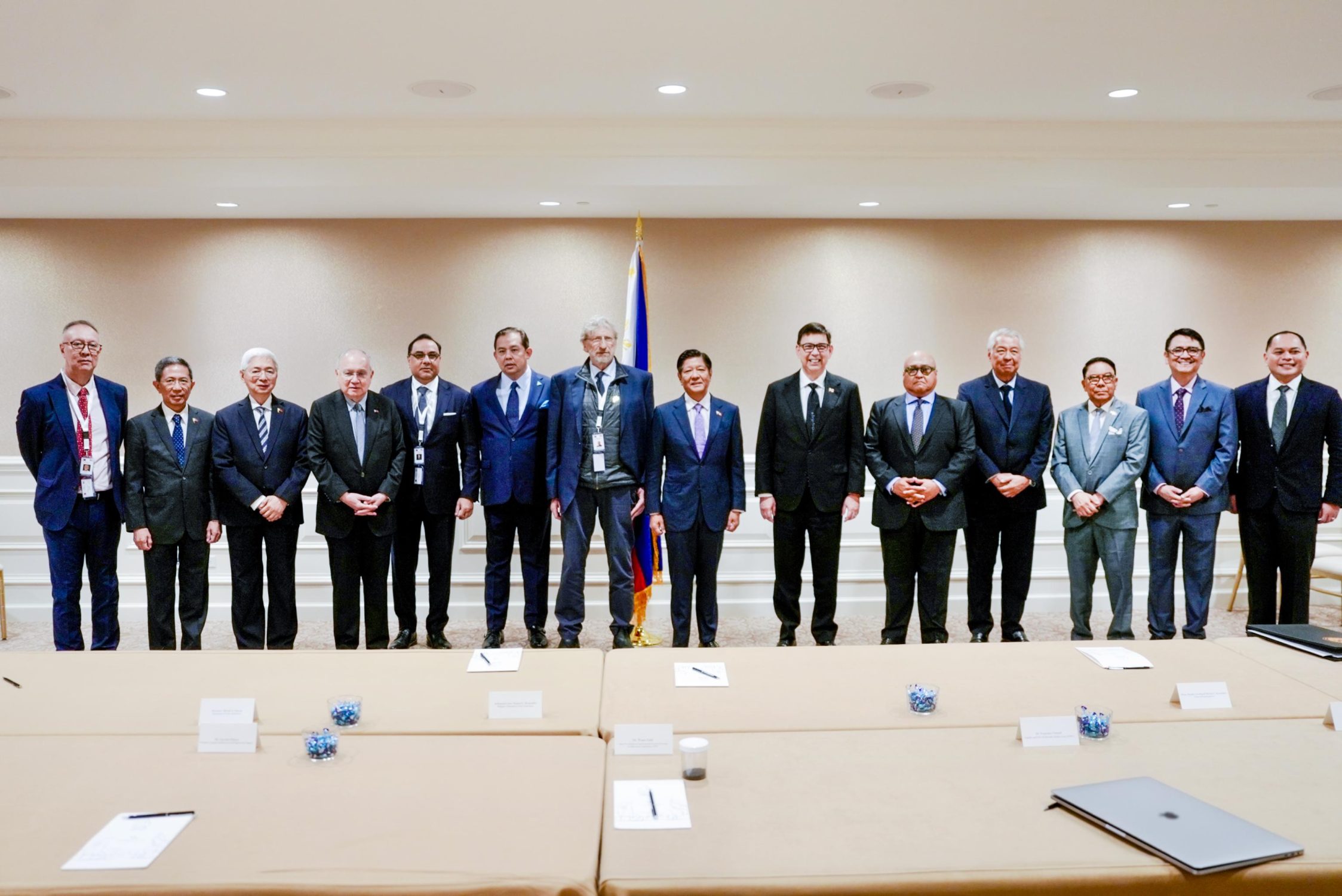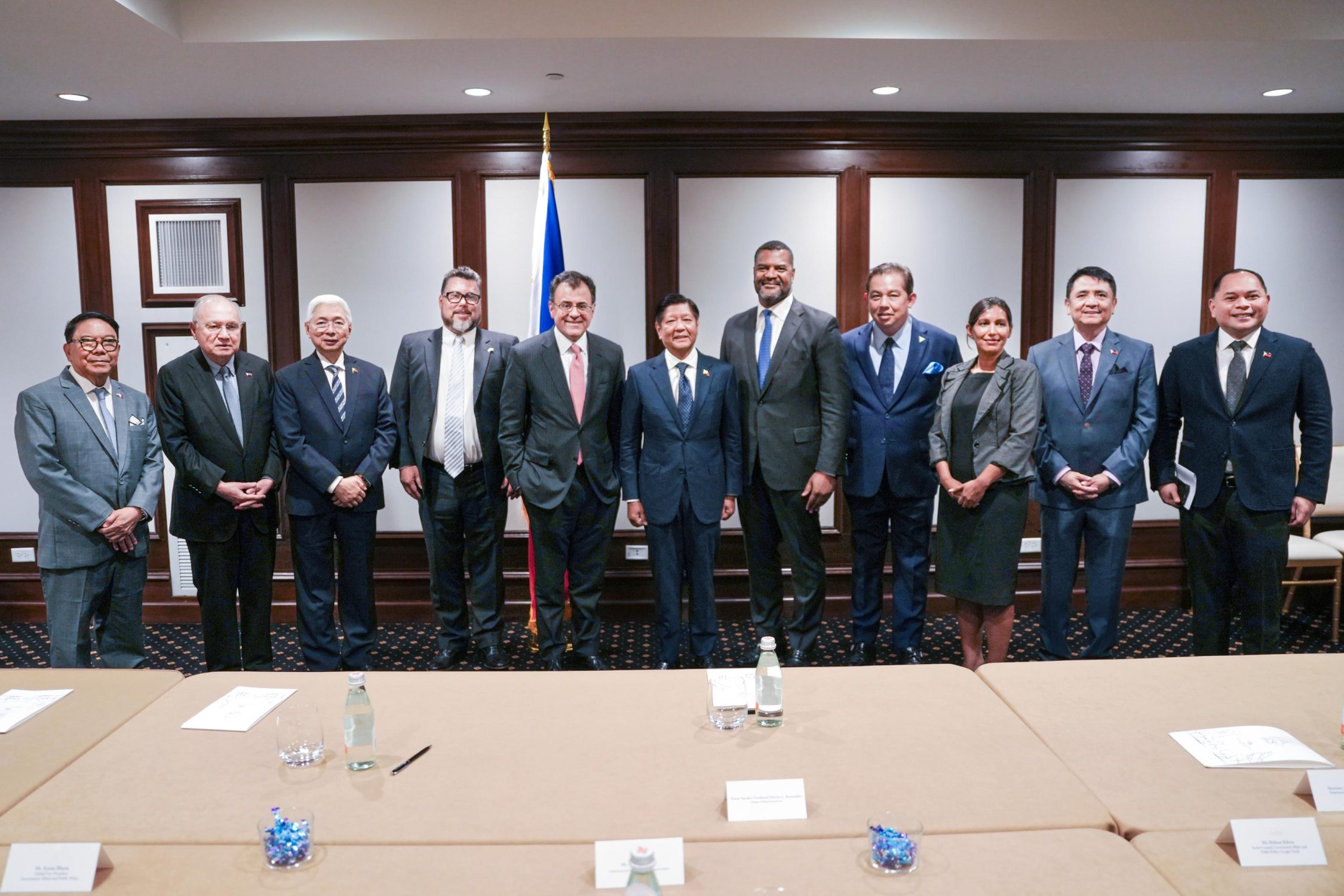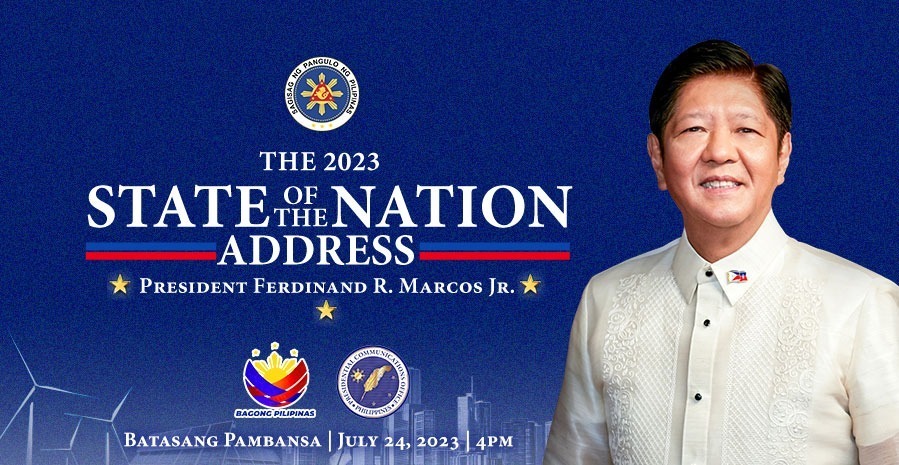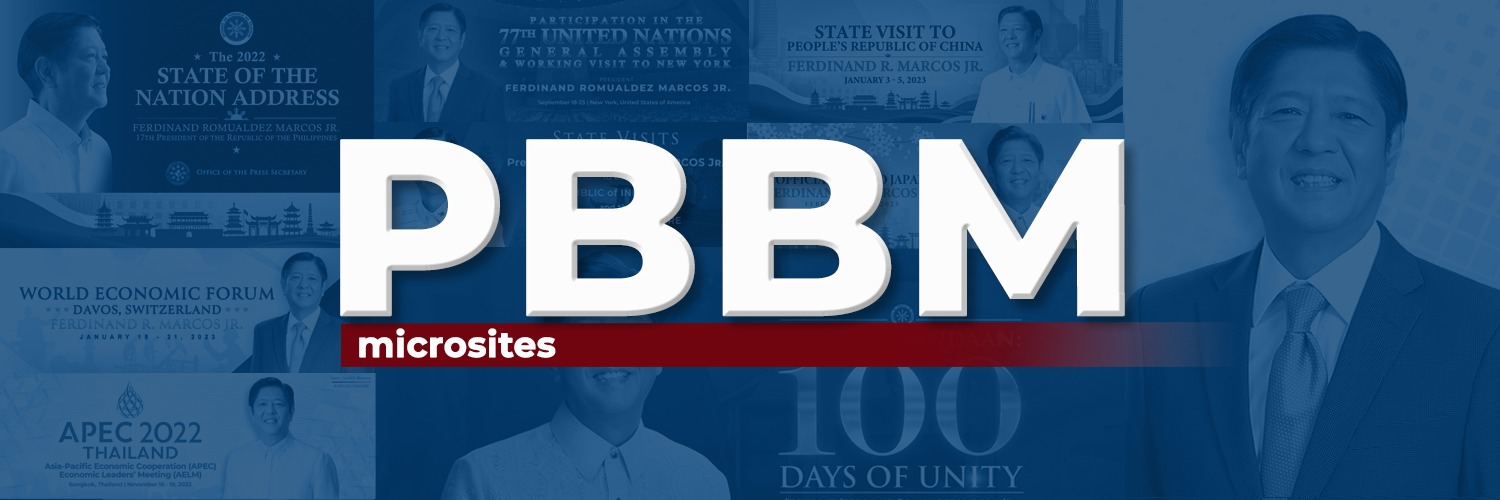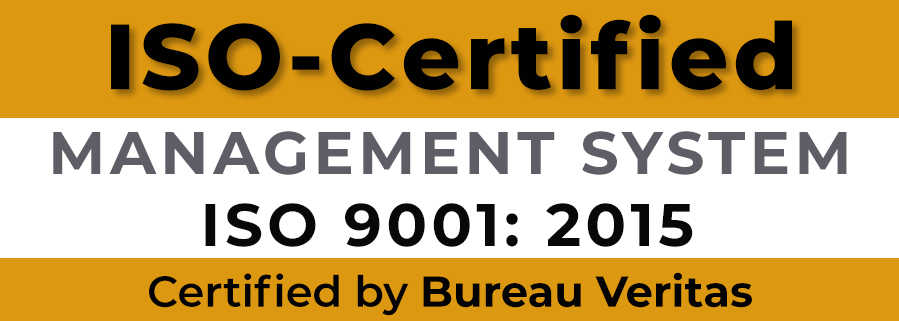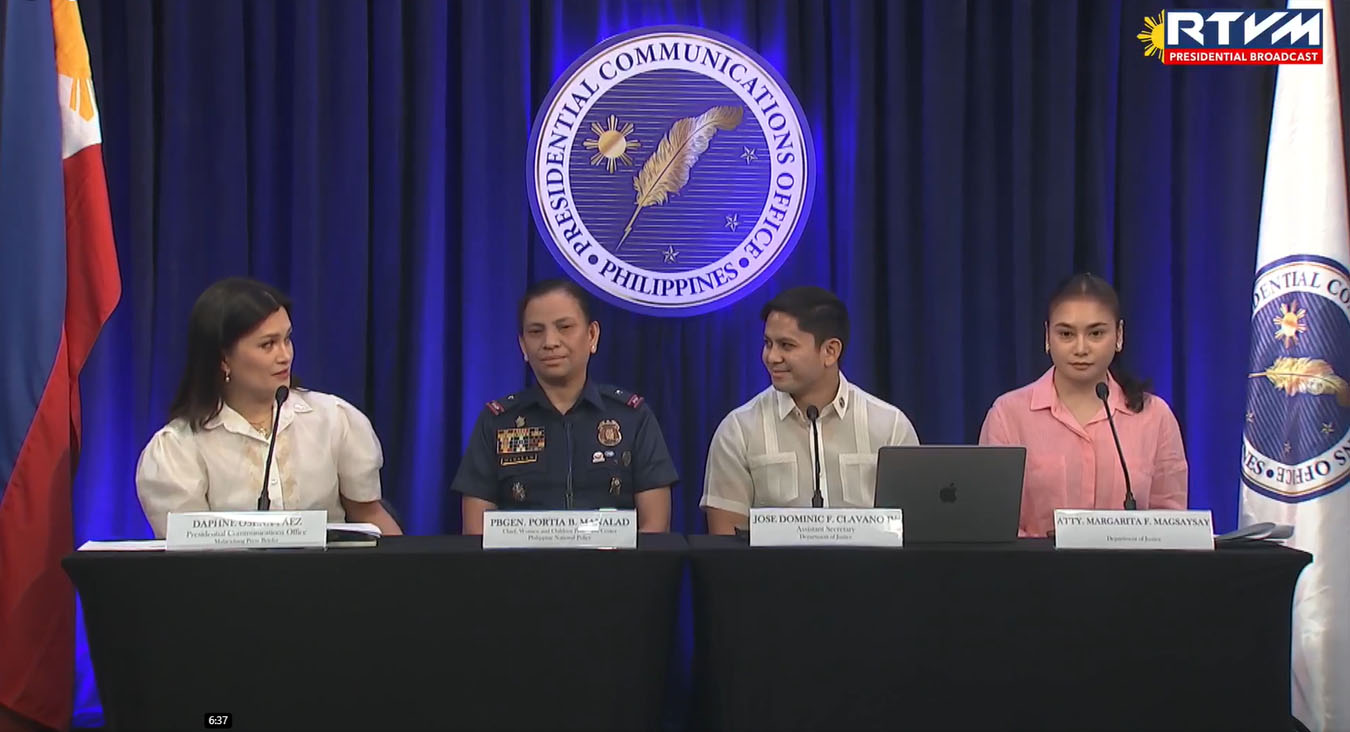January 13, 2016 – President Benigno S. Aquino III’s Speech at the Conference on sustaining the gains of the Conditional Cash Transfer (CCT) in the PH
| President Benigno S. Aquino III’s Speech at the Conference on sustaining the gains of the Conditional Cash Transfer (CCT) in the PH |
| Asian Development Bank (ADB) Headquarters, Ortigas Center, Mandaluyong City |
| 13 January 2016 |
| A little over a month from now, we Filipinos will celebrate the 30th anniversary of the miracle of EDSA: the peaceful revolution that took place along our capital’s most prominent thoroughfare, which is just outside your headquarters. It was in EDSA where the resolve of a united people faced down the tanks and artillery of the dictator. This is what EDSA means for many of my countrymen. At the same time, EDSA also serves as a reminder of my father and countless others’ sacrifice, and the lessons he imparted to me and to all of us.
Among one of my father’s many important insights, one stands out the most: That the first freedom is the freedom from hunger. This is a belief that has guided me throughout my life; it thus also serves as a vital cornerstone of my administration’s inclusive growth agenda. Indeed: The work of providing all our countrymen the opportunity to live free, dignified lives is no easy task. We all know the legend of Sisyphus, who was condemned to roll a boulder up a steep hill, only to have it roll down whenever he reached the top. To my mind: For a very long time, the task of addressing poverty in our country seemed to be as hopeless. Its mere scale made it an intractable problem. It reinforced an already existing vicious cycle in which, no matter the effort, those at the bottom remained at the bottom. Bereft of the necessary wherewithal, they were left unskilled, having to settle for menial jobs, in competition with so many others like them. Their contributions to our economy, if any, were at a minimum. Consider such a condition, as the population continued to grow, and more and more partook of the limited resources of society. When I think of this situation, I cannot help but recall the state in which we found the Conditional Cash Transfer program. Under my predecessor, the CCT, which was too small to have a true, lasting impact, was highly politicized. The CCT was a means to manage discontent and reward allies, who in turn used the initiative to foster dependency and a culture of patronage among their poorest constituencies. While there was a semblance of a scientific targeting process, certain areas were still prioritized over others. For politicians who used the CCT for personal gain, the only question that mattered in implementing the program then was: How do I secure my position? In 2010, I was voted into office on the promise that I would bring positive change, and from Day 1 this is the question that we have sought to answer: How do we improve our countrymen’s lot in life? We took a long, hard look at the situation, with the mindset that a correct understanding of such would lead to the correct solution. We implemented a two-pronged strategy—first, to right the wrongs and plug the leakages in the system to gain the capacity to address all the concerns we inherited; and second, to reevaluate the situation towards forging more effective initiatives. We came to the conclusion that, for the CCT to work—for it to have the impact that programs of its nature have achieved elsewhere—government had to expand the program’s scale and reach, and ensure a transparent process. Our Department of Social Welfare and Development, under the reliable and principled direction of Secretary Dinky Soliman, worked to enhance the National Household Targeting System and rid it of anomalies, thereby enabling government to truly identify which households were most in need. A grievance redress system was also institutionalized to address errors in terms of classifying families. Such efforts, among others, were undertaken, as we strengthened parallel initiatives across the spectrum of social services—from healthcare, education, housing, rehabilitation, and poverty alleviation. Scale and the political will to do right by our countrymen redounded to expanding opportunities for the present generation to enable them to take hold of their destinies and work their way out of poverty. We understood that trickle down economics left many things to chance and took an extremely long time to work. That is why we focused on empowering our countrymen from the bottom-up, pursuing an inclusive growth agenda through the delivery of basic services. Our mantra became: No Filipino shall be left behind. Thus, along with all our key interventions in addressing poverty, we increased the budget of the CCT Program—raising it from P10 billion in 2010 to P62 billion in 2015. This has allowed us to increase the beneficiaries from some 786,000 poor households when we assumed office, to close to 4.4 million poor households and homeless families empowered by the program nationwide, in 5 years. For 2016, we have further increased the budget allocation to P62.7 billion to cover 4.6 million households, including those who have graduated from extreme poverty and are now considered “near poor”—who, while not necessarily poor by definition, are at risk of sliding back to an impoverished state with just one catastrophic disease or a natural disaster. I must admit that, when we were discussing the program early on in the administration, I really wondered if the stipend and support given to a family would effectively uplift them from their situations. However, I believe we have proven that—with enough political will, the right and prudent concentration of resources and funds, and the proper implementation of a solution borne of our correct identification of problem—massive transformation can take place. And, far beyond the drastic increase in CCT coverage, massive transformation is taking place. The preliminary result of the latest round of assessments conducted by our National Household Targeting System, or what we call Listahanan 2, reports that almost 1.55 million CCT families, or over 7.7 million of our countrymen, have been lifted out of poverty. [Applause] Given such a development, our National Economic and Development Authority projects the sustained reduction in our poverty incidence in terms of population: from what used to be 26.3 percent in 2009, to anywhere between 18 to 20 percent for 2016. All because we directed our efforts towards broadening CCT and our other poverty alleviation initiatives, what was formerly viewed as a problem that could not be solved, within one administration, has taken a giant step forward on the path to equitable advancement. Case in point: One of the key expansions to the CCT program involved covering households with children in high school, based on the finding that those who graduate from high school earn 40 percent more than those who merely attained some elementary education. Just last year, the first batch of the 4th year high school student beneficiaries of CCT graduated; of the 333,673 graduates, over 13,400 finished with honors and various awards. I was fortunate to have met two top graduates representing this group. Both are now taking up Engineering, a quota course at the University of the Philippines; this will allow them to get quality jobs and earn better salaries when they graduate. Meanwhile, others who choose to enroll in technical-vocational programs under our Technical Education and Skills Development Authority will be further enabled to go beyond being casual workers without security. Assuming one joins the business process outsourcing (BPO) industry, where a monthly salary of P18,000 is already considered at the low end, he will earn PP234,000 in a year. If he is given the maximum tax deduction, his annual income tax will be at P7,900. Might I point out that for TESDA’s Training for Work Scholarship Program, government invests around P7,155 for every scholar. All these being said: In the first year of employment alone, the investment of government would be paid back in full, with profit. I am told that 10.18 million children are benefitting from the CCT at present—1.9 million of whom are now in high school. As more and more of our children from less fortunate families attend school through the help of CCT as well as the reforms and investments in basic education, we continue to see an improvement in the figures of out-of-school youth. According to the May 2015 study of the Philippine Institute for Development Studies and UNICEF, despite the increase in our population, the number of out-of-school youth decreased from 2.9 million in 2008 to 1.2 million in 2013. These same students who are able to attain a higher level of education thanks to the CCT, one day, through their contributions to the economy and through the taxes they remit, will help further break the cycle of poverty, and keep the engines of inclusiveness engaged at full throttle. In short: Through the CCT and other meaningful interventions, we are spurring a virtuous cycle, where empowered Filipinos in turn become the keys through which their fellowmen are likewise empowered. Of course, we have continued to develop ways to make the program more sustainable, fine-tuning the CCT’s various components to ensure that it yields the maximum benefits. For example, we have modified the program to provide support to families that are not covered by the regular CCT, such as those in the streets as well as indigenous peoples. Another reform we implemented is the use of remittance and money transfer services to ensure the safe and timely delivery of grants to beneficiaries in more isolated and far areas. This has allowed us to guarantee that our countrymen in need continue to receive the assistance of government. Some quarters have failed to understand the key principle behind the CCT: its effects are generational. All the beneficiaries now covered by the program, and through them society in general, will only be able to reap the full benefits of government’s support long after I return to private life—which has now become a matter of months. Since I have spoken of where we came, and what we did, and what we continue to do, allow me now to emphasize: Sustaining, strengthening, and refining the CCT will be left to the hands of my successor. That person will be confronted with a very simple question, which I myself faced: Will he help his countrymen help themselves? Or will he choose the counterproductive path, adhere to a policy of sustaining our people’s dependence on those in power, and solely take on the burden of determining everyone’s future? Will he reestablish a system of patronage, and allow our resources to diminish, as the mechanisms of government to feed, clothe, shelter, and provide are used to enhance the politics of personality? There is also the possibility that my successor will opt to put a stop to the CCT, leaving the fate of millions of our countrymen in limbo. If this were to happen, the Philippines would definitely lose its hard-earned momentum. Now, I believe the Filipino people have seen that Daang Matuwid is a correct path, with proven results, towards ending the vicious cycle of poverty. They have indeed seen that good governance is good economics. It is my deepest hope that, coming into the elections, our people have realized that they can demand for more good governance, and I believe that they will choose the right leader—one who has integrity and experience, who will sustain our gains, and who will definitely put country above self. It is indeed the right of my Bosses to demand the assistance of the State, which owes its power to the mandate that reflects the acquiescence of all Filipinos. I have faith that my countrymen will not allow all our work to be undone. Through the power of the ballot, they will remind all those who make a promise to serve that they—the people—are the Bosses on the Straight Path, one that has led us to the cusp of permanent change. In my remaining months in office, my Bosses can expect that I, along with the members of administration, will do the utmost to move our country further along that path, towards a more progressive, more equitable future—one which reflects the dreams of EDSA, where the freedoms of our people are truly protected and completely realized, and where no Filipino is left behind. Thank you, and good day. |




